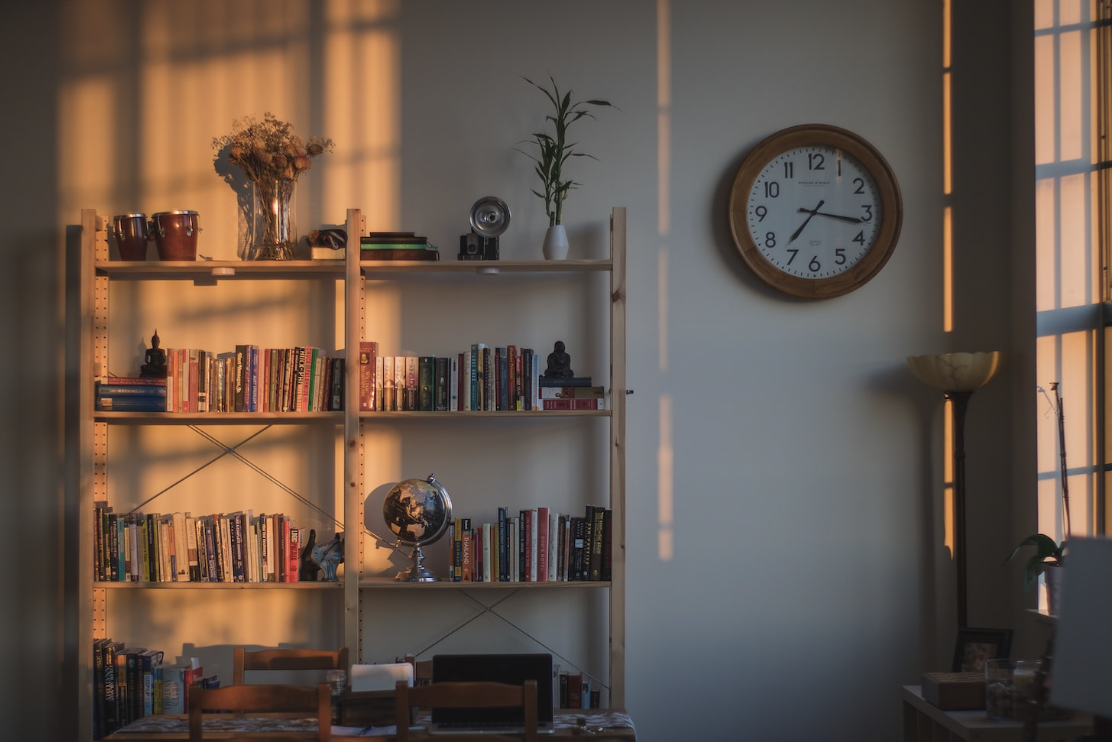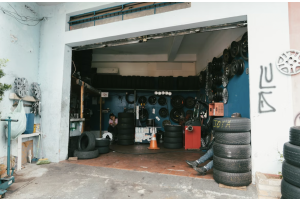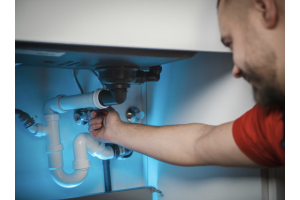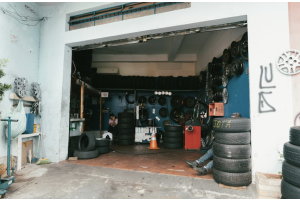Making Space For A Baby: How To Better Organize Your Space

The arrival of a baby is an event filled with excitement, anticipation, and a fair share of anxiety. Your cozy living space may suddenly feel too cramped as your rooms fill up with baby items. In this article, we provide several strategies to better organize your living space, as you await your bundle of joy.
Practice The Art Of De-Cluttering
To tackle this effectively, you should start by categorizing the many items in your home. Break them down into those you need, those you don't use regularly, and those that are just collecting dust. Go room by room, from the attic to the basement. As you go, make piles of books, clothes, trinkets, and furniture that you haven't used in years. Consider donating items in good condition to friends or charity shops. The latter may be willing to collect any large furniture items from you. Alternatively, you could organize a yard sale or use sites like eBay to raise some extra cash.
If you possess old photographs or letters that are of sentimental value, think about digitizing them. If you're throwing away broken or damaged items, do so responsibly. Use recycling centers wherever possible, to reduce the burden on landfills. Be especially mindful when handling things like paint and batteries. This decluttering process does more than just free up space for baby gear. It also rejuvenates your home, giving it a fresh, clean feel. Once you've achieved this, try to stop clutter from building up again.
Use Off-Site Storage
If you have too many valuable possessions, consider renting an off-site storage unit. It could become an ideal home for items you're not ready to part with, but don't need on hand. These could be season-specific items like holiday decorations, outdoor equipment, or heirlooms that you'd prefer to keep safe. Storage facilities offer various unit sizes, so you can choose one that suits your needs and budget.
Knowing your belongings are secure yet accessible can provide significant peace of mind during this transitional period. If you read more here you'll see that people use off-site storage for business and personal use, whether it's for the short or long term. Some facilities provide keyless access control and 24-hour CCTV monitoring. There may also be motion and heat sensors in every room, or onsite guards.
Use Multifunctional Furniture
This is a highly effective way to maximize limited space. For example, a changing table with built-in drawers can be used to change your baby and store diapers, wipes, and clothing. A crib with integrated storage space can hold spare linens. A nursing chair with a storage ottoman provides a comfortable spot for late-night feedings, and a place to stash baby blankets.
Additionally, consider items that'll grow with your child. There are cribs that convert into toddler beds, and dressers that can serve as stands for adolescent knick-knacks. These provide excellent value in the long run. You could also buy beds that have drawers beneath, in order to hold things like bed linen. Finally, sofabeds serve as two pieces of furniture, being used for seating or sleeping.

Be Strategic With Your Space Utilisation
Consider installing shelves or wall-mounted baskets in previously unutilized areas. They can house baby books, toys, and clothing. Use empty space beneath the crib or other furniture to store bins filled with essentials. Over-the-door organizers are perfect for quick-grab items like bibs and burp cloths.
In small rooms, vertical storage solutions can be a lifesaver. Tall, narrow bookcases or stackable storage units take advantage of vertical space, without encroaching too much on the room's footprint.
Create Specific Zones
It's wise to create specific zones within your baby's room. Assign a sleep zone, a feeding station, a changing area, and a play area. These clearly defined spaces streamline your routines, making it easier to find the items you need. Different wall colors, rugs, or thematic decorations help create a clear division between areas. This organized approach can also help your baby recognize different spaces for different activities.
You could also create zones in other rooms, to maximize space. If you have a large bedroom that's also used as an office, buy a partition. This way it'll become more functional, and easy to switch off after work.
Making room for a baby involves more than just carving out a corner for a crib. It's about reevaluating your existing space, and creatively repurposing it. Your goal is to create an environment that's safe and efficient for your baby's needs. In turn, your home can become warm, inviting, and full of love.






